As our planet’s climate warms, ecosystems are constantly adapting to the shifting dynamics. Among these shifts, one of the most fascinating developments is the role that spiders play in regulating pest populations. Far from being the terrifying creatures of nightmare, spiders are ecological heroes helping to balance our environment. In this article, we delve into the various ways spiders are contributing to pest control in our warming climate, unpacking the significance of their roles and the potential they hold for future ecological stability.
Spiders Nature’s Pest Control Experts

Spiders have always been integral to controlling pest populations. With exceptional hunting skills and diverse ranges, they naturally curb insect numbers. This is especially crucial as warmer weather often leads to increased pest activity. In these conditions, spiders rise to the challenge, helping to keep ecosystems in balance by predating on insects that can damage crops and spread disease.
Increased Pest Populations in Warming Climates
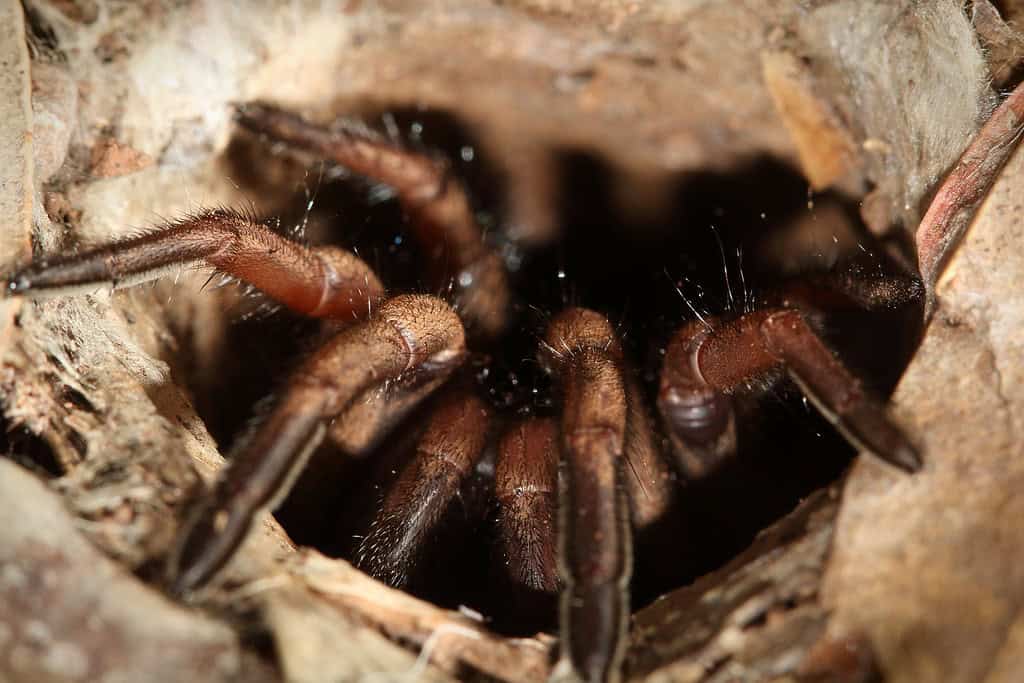
As global temperatures rise, many insect populations are experiencing booms due to changes in habitat, reproduction rates, and growing seasons. This has led to larger numbers of pests such as mosquitoes, flies, and agricultural nuisances like locusts, all of which can wreak havoc on human health and the economy. Spiders, by preying on these expanded bug populations, help to mitigate their impacts.
Adapting to New Climates
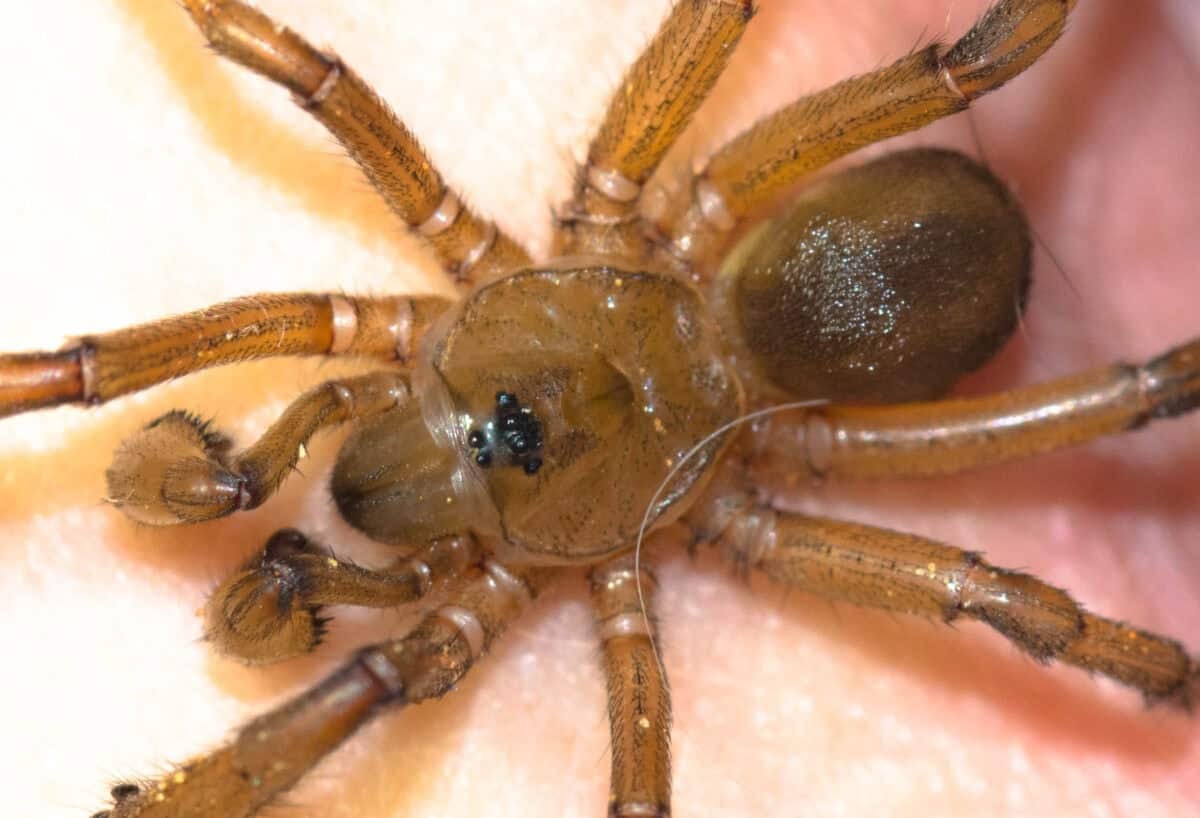
Spiders have shown a remarkable ability to adapt to various environmental conditions. In warmer climates, some species extend their ranges northward, exploiting new ecological niches. This adaptability means they can settle into areas where they weren’t previously found, naturally spreading their population-controlling effects.
Trophic Cascade Benefits
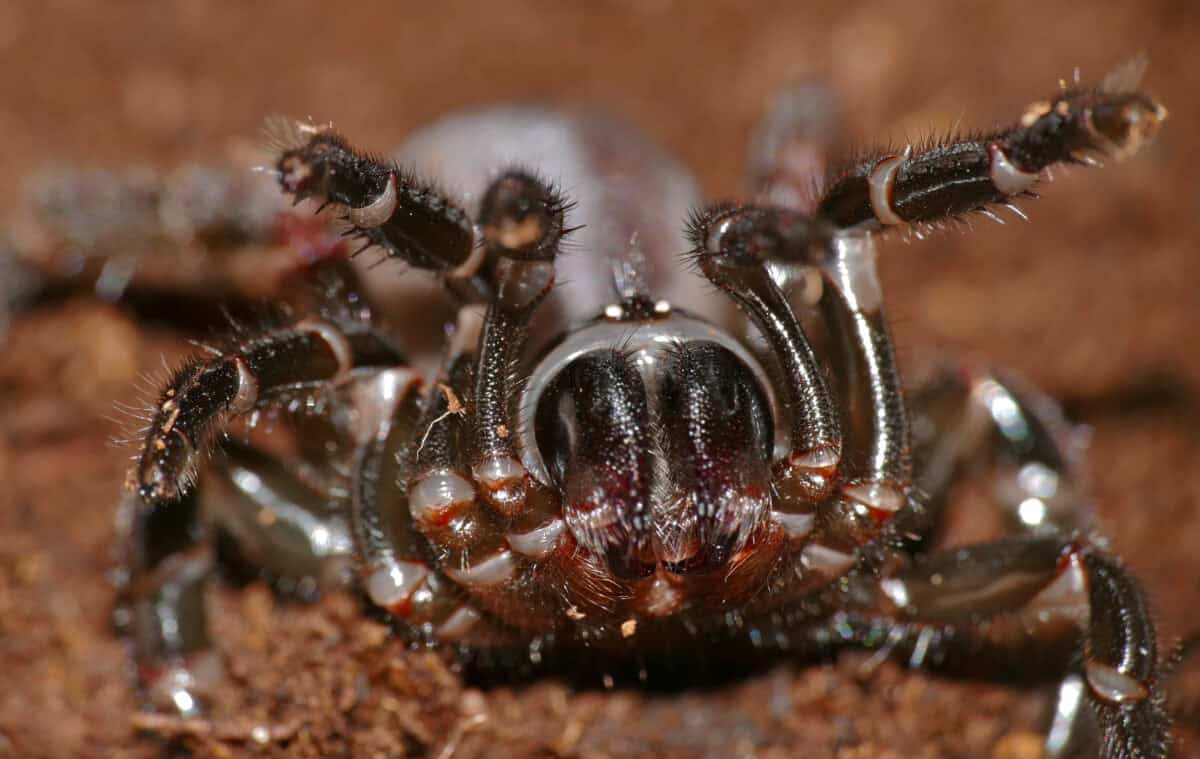
The presence of spiders can create trophic cascades, a process where predators at the top of the food chain regulate the abundance or behavior of their prey, which can, in turn, affect the ecosystem and its vegetation. Thus, spiders help maintain not just insect populations but can indirectly promote plant health by limiting herbivorous pests.
Diverse Hunting Techniques

Spiders employ a wide range of hunting techniques, from webs to active hunting. Different species targeting various types of prey means that spiders act as a multifaceted biological control tool. They cover numerous pest types, thereby creating a comprehensive pest control network within ecosystems.
Spiders and Crop Protection
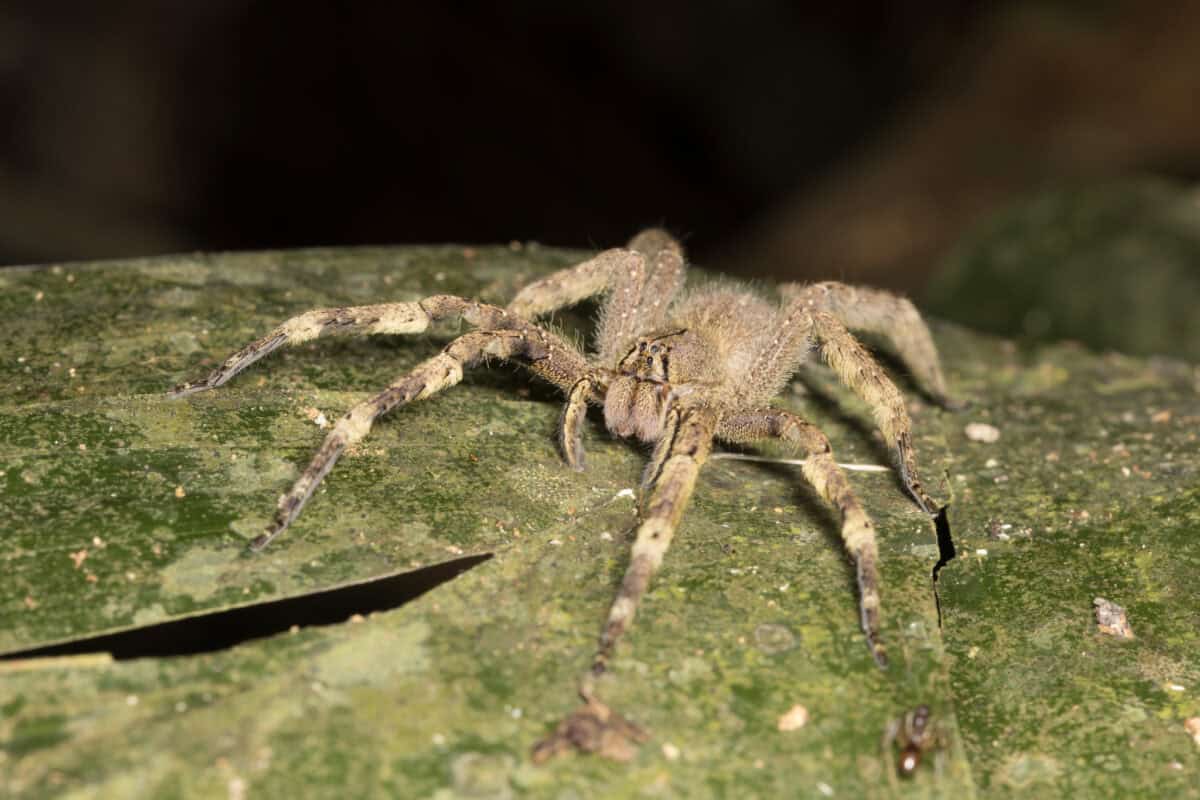
Arthropod predators such as spiders play a crucial role in agriculture by controlling herbivorous pest populations in croplands. In doing so, they help in reducing the need for chemical pesticides, which can negatively impact the environment. Spiders’ contributions thus lead to more sustainable agricultural practices.
Minimizing Disease Spread

Many pests that spiders prey upon, like mosquitoes and flies, are vectors for diseases like malaria and dengue. By controlling these populations, spiders indirectly reduce the incidence of these diseases, highlighting their importance in public health sectors, especially in warmer, more vulnerable regions.
Resilient Ecosystems

Spiders’ predation on pests supports more resilient ecosystems by maintaining biodiversity. This balance helps prevent any single species from overrunning habitats, ensuring the stability and health of various plant and animal populations within these systems.
Learning from Spider Behavior

By studying spider behavior and their role in ecosystems, scientists can gain insights into more effective natural pest control methods. Implementing spider-based strategies can enhance existing pest management systems, particularly in development programs focused on sustainable agriculture.
Web of Support Biodiversity

Diverse spider populations contribute significantly to biodiversity. While their primary role involves predation, their very presence supports a web of life, providing food for birds and other larger predators. This multifaceted contribution helps maintain ecological equilibrium even in disturbed environments.
Aiding in Pollination and Plant Growth
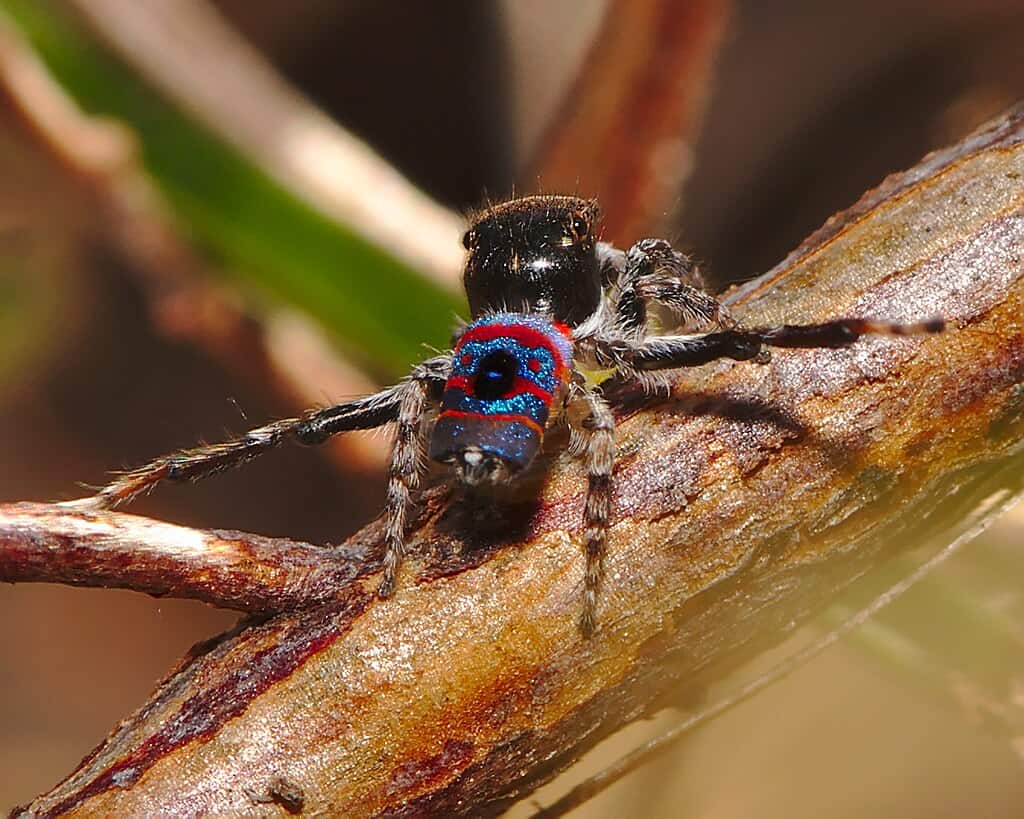
While spiders primarily control pests, they indirectly aid pollination and plant health. By reducing herbivorous insect numbers, they ensure that plants can grow and reproduce without the overwhelming pressure of unchecked herbivory, aiding in the stability and productivity of ecosystems.
Spiders as Bioindicators
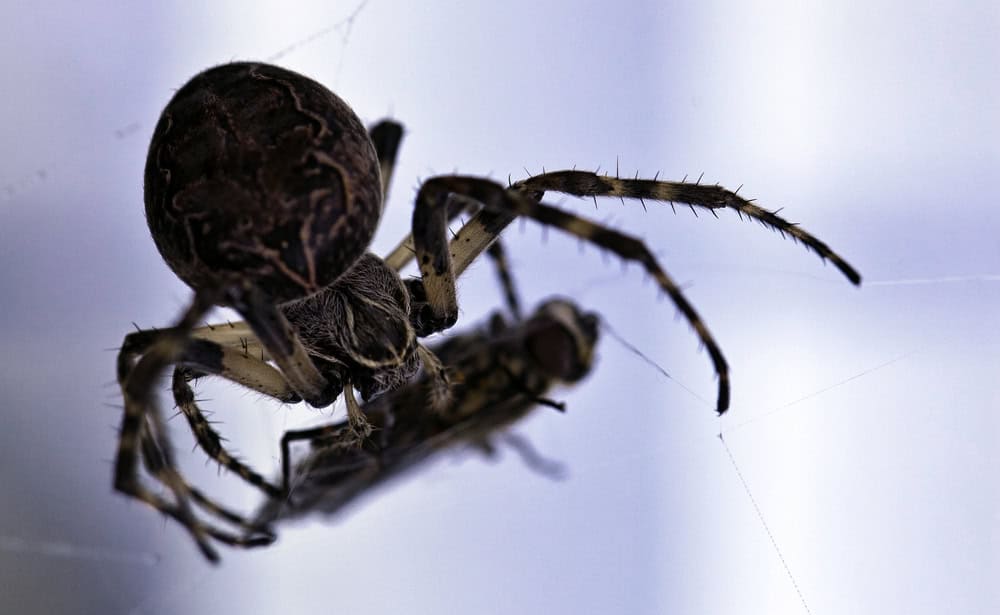
The presence and health of spider populations can act as bioindicators, informing scientists about the well-being of the ecosystems they inhabit. Observations of spider populations can help detect changes in environmental conditions and biodiversity, making them valuable in ecological studies.
Investigating Synergistic Effects
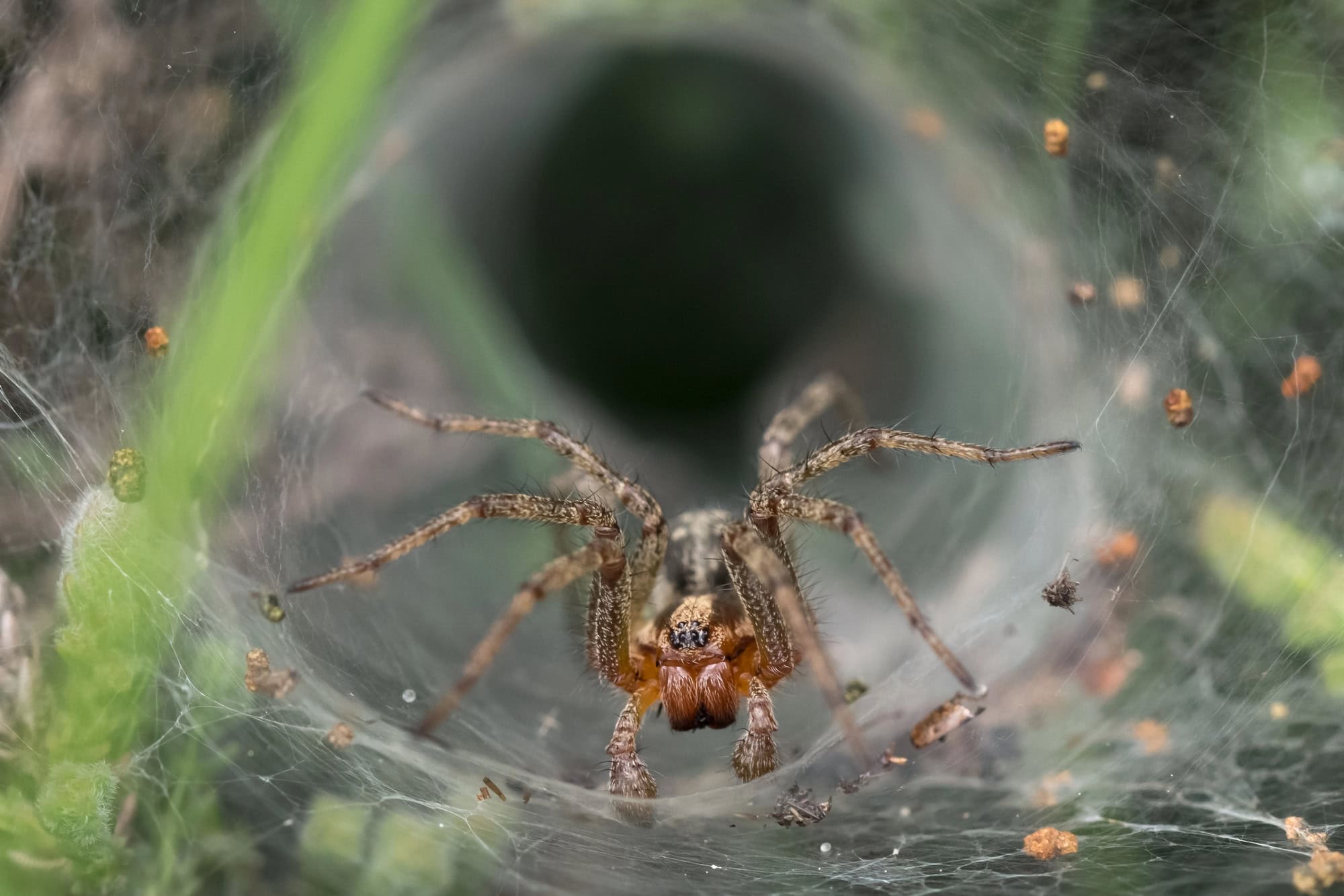
Understanding how spiders interact with other natural pest controllers, such as birds and insects, allows us to appreciate the synergistic effects within the ecosystem. This knowledge can improve integrated pest management systems, making them more effective and environmentally friendly.
Chemical-Free Pest Control
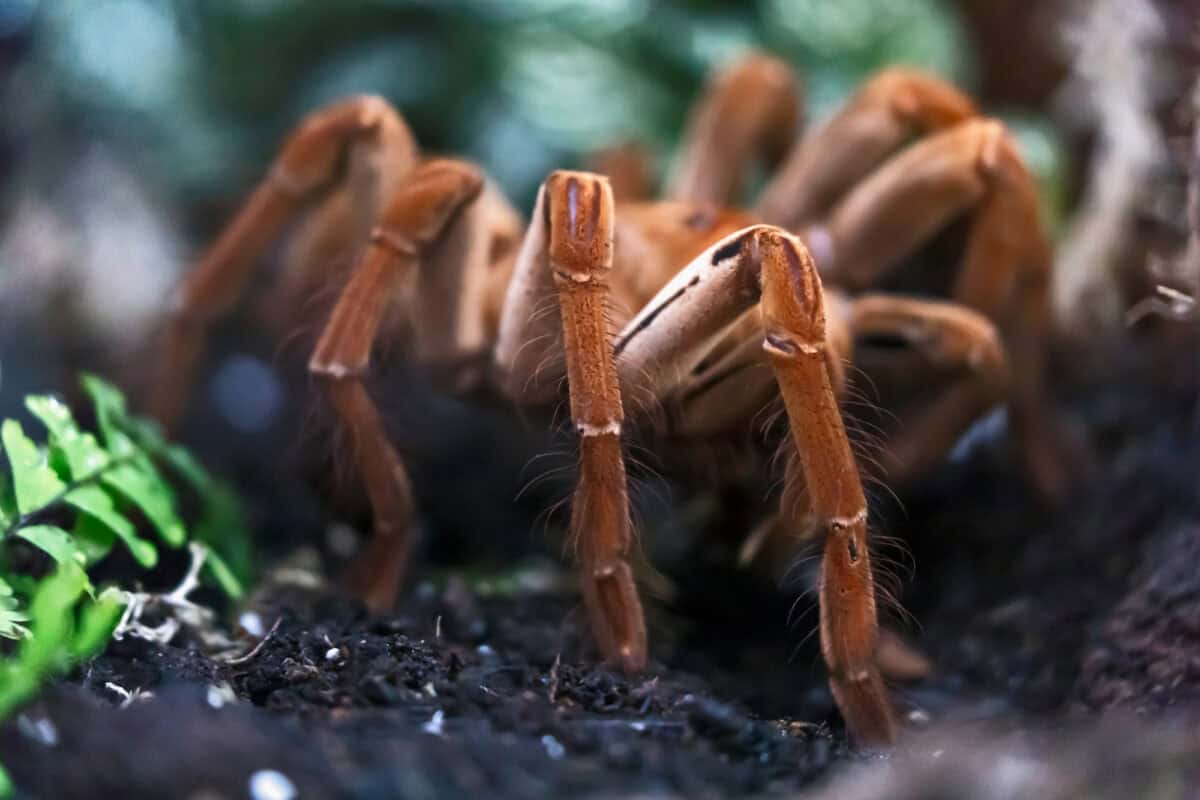
In the face of warming climates, the reliance on spiders for pest control offers a chemical-free alternative that preserves ecological integrity. Their natural predation helps limit the need for synthetic pesticides, promoting healthier environments and reducing farming costs in the long term.
Embracing Ecological Heroes

Embracing spiders as ecological heroes can shift popular perceptions and encourage conservation efforts. By fostering an appreciation for these misunderstood creatures, there’s potential to enhance public support for biodiversity preservation and ecological balance.
Conclusion

In conclusion, as the climate continues to warm, the role of spiders as natural pest controllers becomes more crucial than ever. Their ability to adapt, their diverse hunting methods, and their contribution to ecological balance make them indispensable allies in managing pest populations. By appreciating and leveraging their natural skills, we can foster healthier ecosystems and more sustainable human practices.
- The Most Beautiful Bird Migration Routes Across the US - August 9, 2025
- 14 Dog Breeds That Love to Cuddle - August 9, 2025
- 11 Signs Your Horse Might Be Bored - August 9, 2025

